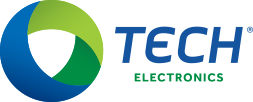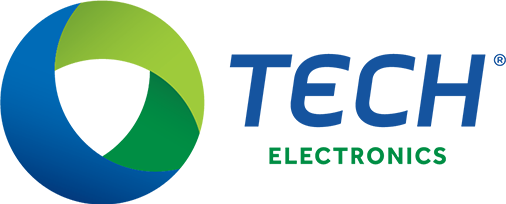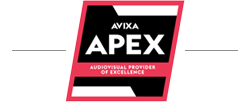By: Laura Wasson, Executive Director of Healthcare
In the last few weeks, the coronavirus strain COVID-19 has progressed from a distant concern to a global pandemic. Schools and businesses are closing and the CDC is encouraging “social distancing”. Perhaps most importantly, this virus is testing the capabilities and protocols of our healthcare industry, which rarely faces challenges of this scope all at once.
Whether it’s SARS, Swine Flu, Ebola or Zika, each epidemic in human history has come with lessons regarding how to be better prepared for the next. When all is said and done, one such lesson we should all take away from COVID-19 is the importance of hand hygiene.
Nearly all of us have spent weeks hearing about how we don’t wash our hands nearly as frequently, or for as long as we should. This issue is doubly important for those of us who work in healthcare settings.
Whether it’s a hospital, clinic or long-term care community, healthcare facilities are especially high-risk areas during a viral outbreak. High concentrations of people, and especially high numbers of immunocompromised individuals make it essential to keep facilities as safe and sanitary as possible.
When healthcare employees don’t wash their hands, they risk contributing to healthcare associated infections (HAIs) – infections acquired by patients receiving care for another condition.
HAIs erode public trust in healthcare institutions, cost the healthcare industry billions, and most importantly, claim the lives of nearly 100,000 patients per year in the US. When dealing with a highly contagious virus like COVID-19, the threat of HAIs is even more significant than usual.
Any method of reducing HAIs is worth exploring, and these days many healthcare administrators might find themselves wondering: once we’re on the other side of this, what can be done to help make sure we’re ready for the next outbreak?
Fortunately, one technology provides an obvious answer. Hand hygiene monitoring can help ensure that all healthcare professionals in a facility comply with handwashing guidelines. This solution keeps both healthcare professionals and their patients safer.
One might ask: how exactly do you monitor handwashing? The keys are Internet of Things (IoT) technology, and wearable devices. Caregivers wear Wi-Fi badges that automatically notify the system when the individual enters the room. Then, when the individual washes their hands, a sensor in the soap dispenser automatically prompts the caregiver’s badge to send data to the system in real time.
No manual reporting is required, which ensures that caregivers cannot intentionally or accidentally provide inaccurate information, and patient experience is not disrupted.
Over time, these events add up to a database of meaningful information about handwashing practices in a facility. Equipped with this data and a suite of analytics, management can draw informed conclusions about the nature of problems in their facility, and what corrective action to take.
If a unit, or even a single specific employee demonstrates lax handwashing standards over a sustained period, administrators can make an active effort to re-educate them. If a particular area of a facility is registering many employee entrances but not enough handwashing, the system can help identify the problem area, and aid administrators in evaluating whether to add or relocate handwashing stations.
The upsides are obvious: increased accountability, informed decision-making, peace of mind and most importantly, a safe environment and improved patient outcomes.
At the moment, it may be difficult to imagine a time when coronavirus is behind us. Despite that, it is important that we think proactively about what we will do when that time comes. For healthcare administrators, improving their preparations for the next epidemic will be a high priority, and hand hygiene monitoring will be one of the top solutions to consider.


